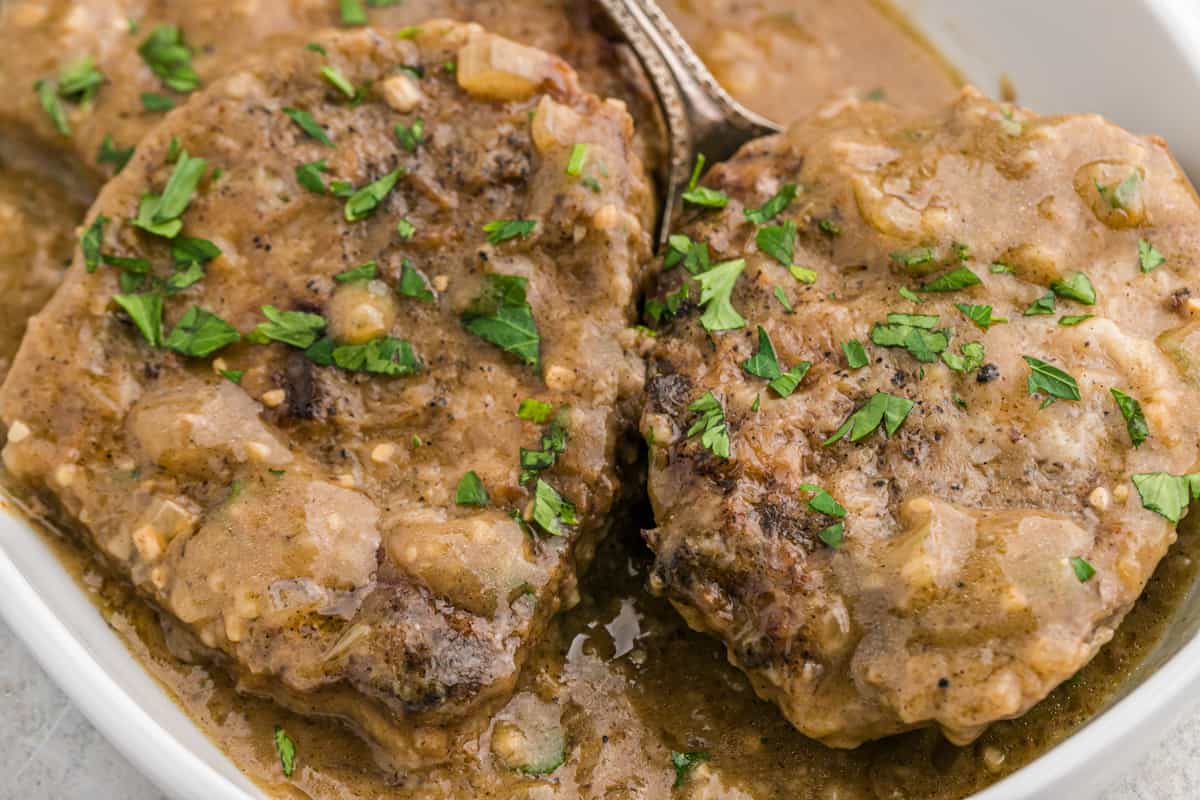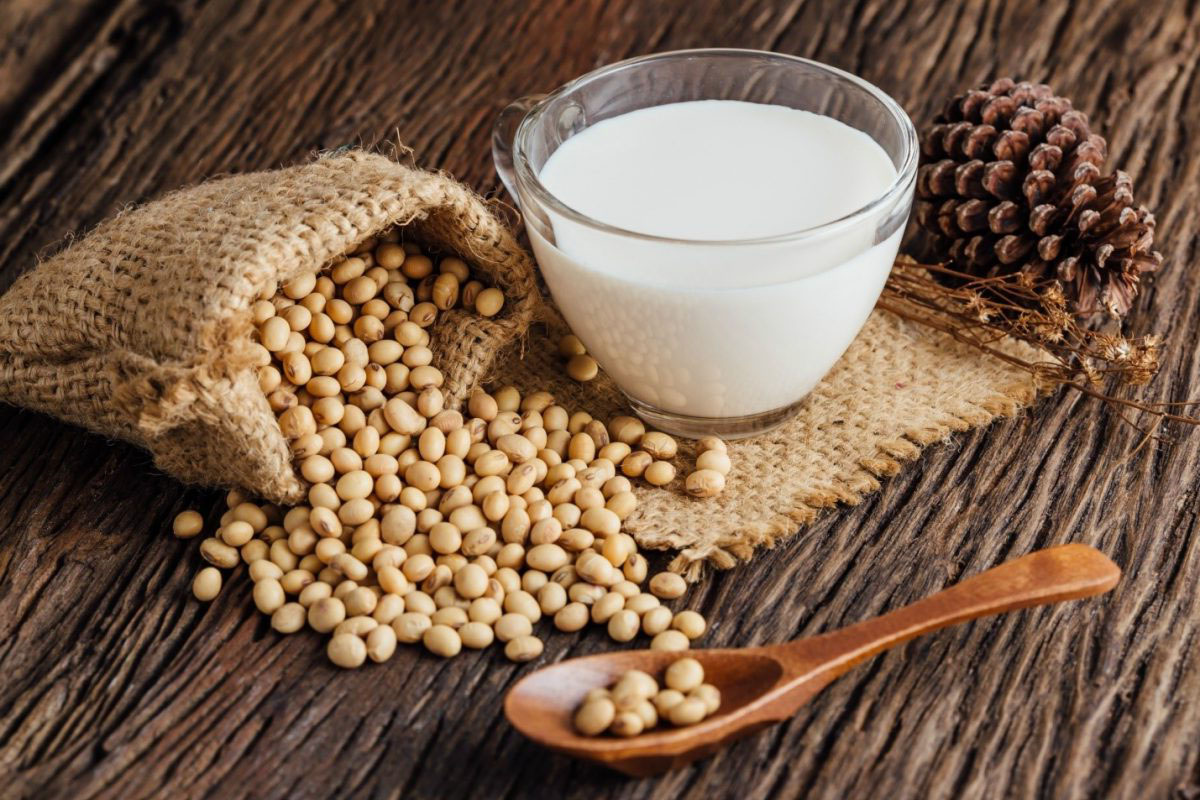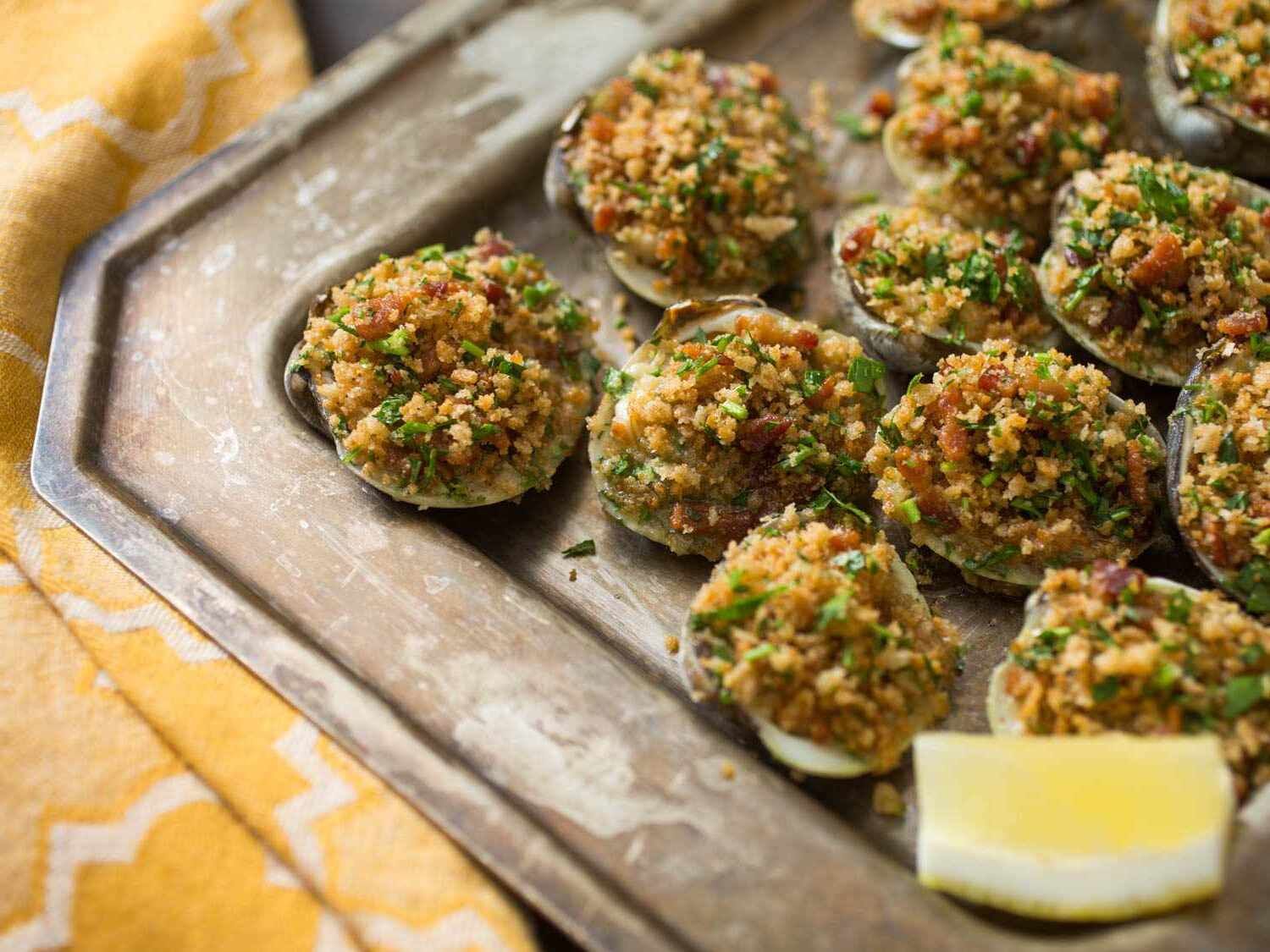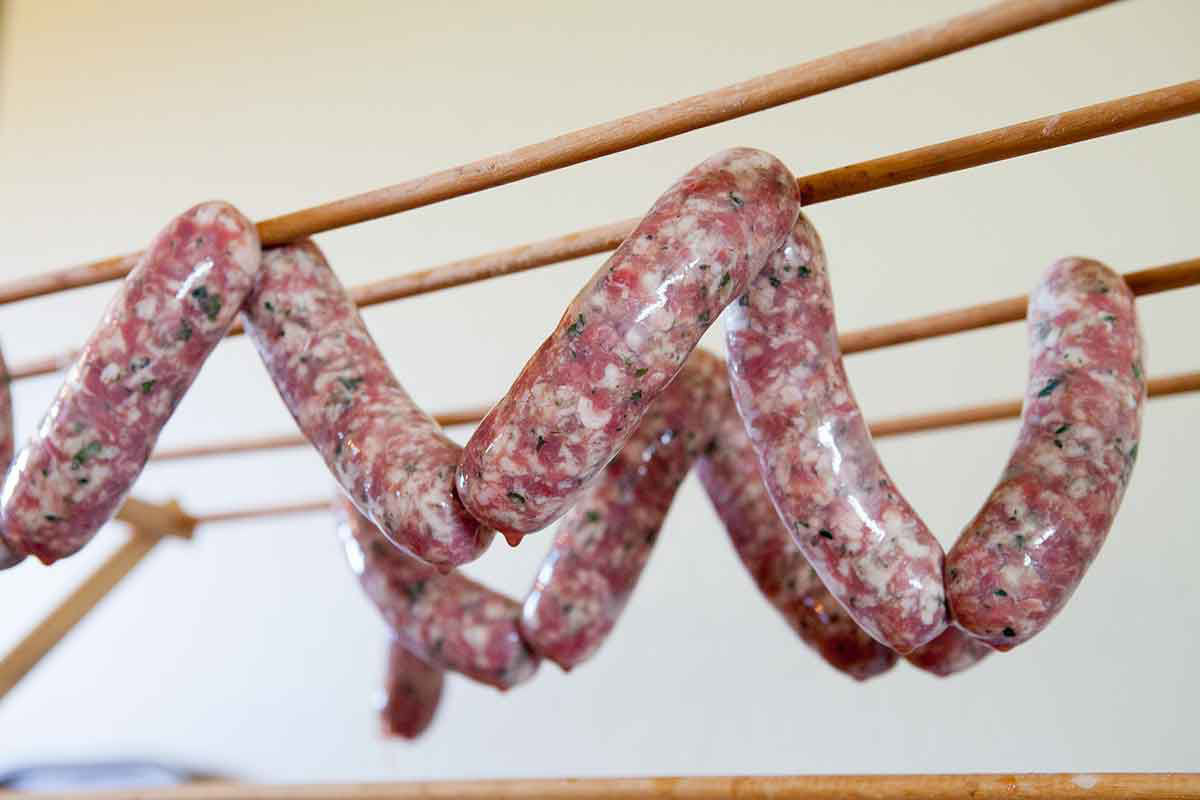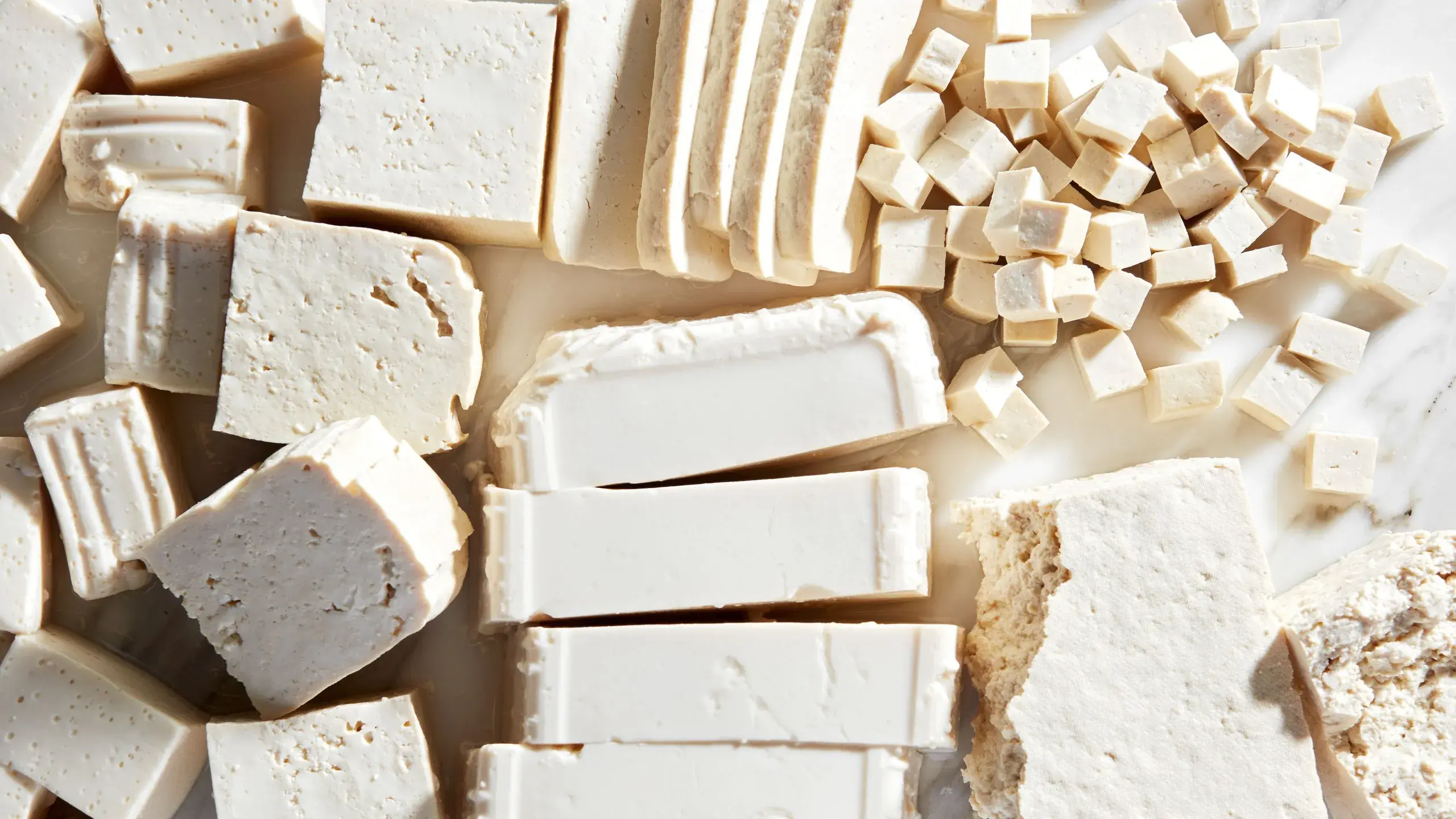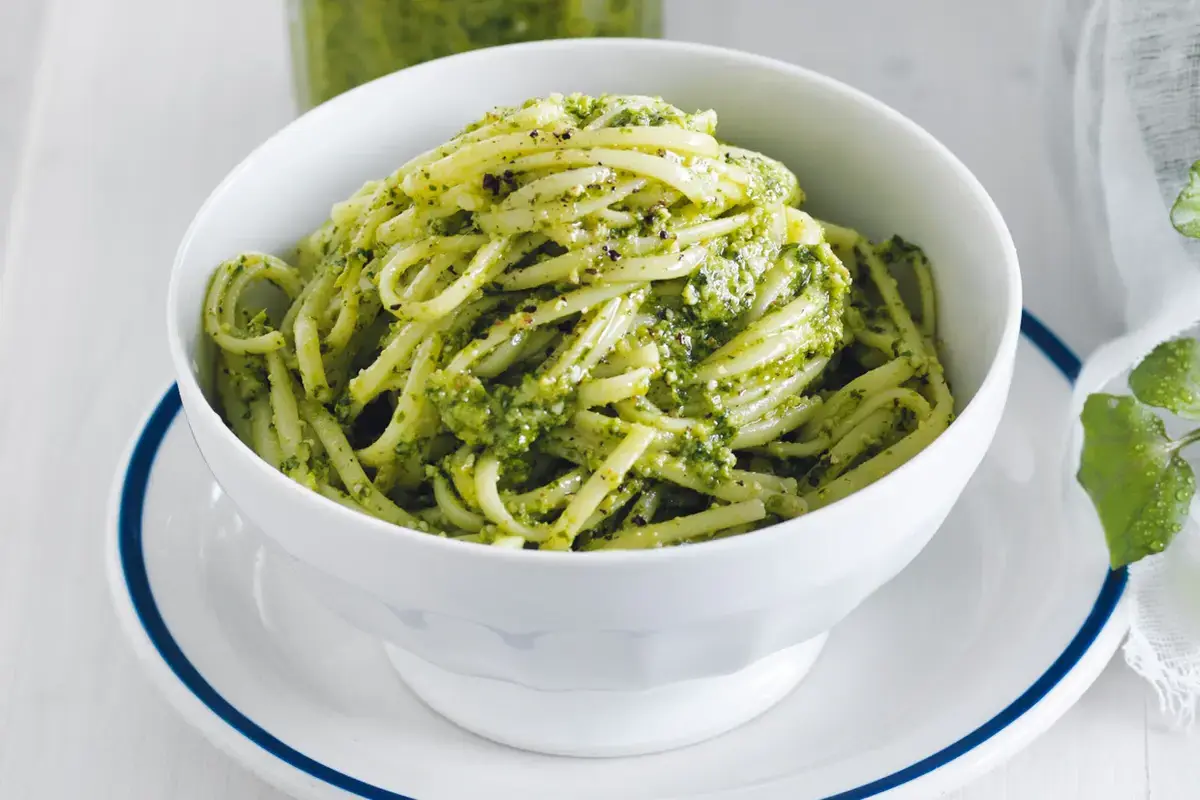Understanding Cake Flour: A Baker’s Secret Ingredient
When it comes to baking, the type of flour you use can make a significant difference in the texture and flavor of your final product. One type of flour that is commonly used in baking, especially for delicate and tender cakes, is cake flour. But what exactly is cake flour, and how does it differ from other types of flour?
What Is Cake Flour?
Cake flour is a finely milled, low-protein flour that is specifically designed for baking light and airy cakes. It is made from soft wheat varieties, which have a lower protein content compared to hard wheat. The lower protein content in cake flour results in less gluten formation when the flour is mixed with liquid, leading to a softer and more tender crumb in the finished cake.
Key Characteristics of Cake Flour
Here are some key characteristics of cake flour that set it apart from other types of flour:
- Low Protein Content: Cake flour has a protein content of around 7-9%, which is significantly lower than all-purpose flour and bread flour.
- Finely Milled: Cake flour is finely milled to create a smooth and silky texture, which contributes to the delicate crumb structure of cakes.
- Chlorination: Some cake flours undergo a process called chlorination, where the flour is treated with chlorine gas to further break down the protein and improve the flour’s ability to absorb liquid and fat.
When to Use Cake Flour
Cake flour is ideal for recipes that require a tender and delicate texture, such as sponge cakes, chiffon cakes, and other light pastries. Its low protein content and fine texture make it perfect for achieving a soft and fluffy crumb in these types of baked goods.
However, it’s important to note that cake flour is not suitable for every baking application. For recipes that require more structure and chewiness, such as breads and pizza dough, a higher protein flour like bread flour or all-purpose flour would be more appropriate.
Substituting for Cake Flour
If a recipe calls for cake flour and you don’t have any on hand, you can make a substitute using all-purpose flour and cornstarch. For every cup of cake flour, simply measure out one cup of all-purpose flour, remove two tablespoons of the flour, and replace it with two tablespoons of cornstarch. Sift the mixture several times to ensure that the cornstarch is evenly distributed, and you’ll have a suitable alternative to cake flour for your recipe.
In Conclusion
Cake flour is a valuable ingredient in the baker’s arsenal, offering a unique combination of low protein content and fine texture that is essential for creating tender and light cakes. Understanding the role of cake flour and knowing when to use it can elevate your baking game and help you achieve the perfect crumb in your favorite cake recipes.
Next time you’re whipping up a batch of cupcakes or a fluffy layer cake, consider reaching for the cake flour to achieve that sought-after delicate texture that will have your friends and family coming back for seconds.
Was this page helpful?
Read Next: What Is Candied Orange Peel?
